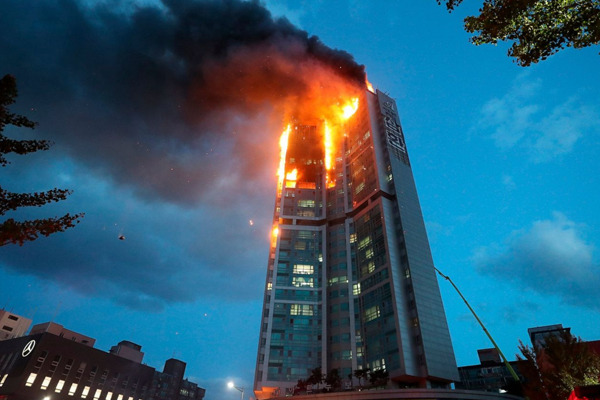
From the past events, the challenges which are faced at the time of evacuation during skyscrapers are quite evident. In such times not only people lose their lives but also huge losses are incurred by the owners of the skyscrapers. That’s why it is quite useful to consider making an evacuation plan from the skyscrapers at the time of emergency, though some of the plans are quite successful at the time of implementation, but the plan maker faces tremendous challenges making these plans. Let’s look upon of the challenges faced in making these skyscraper evacuation system.
While the making the evacuation plan it is very essential for the plan makers to cover each and every place of the skyscraper, relying solely on the floor evacuation plans would not help alone. All the sections and the areas of the skyscraper must be inspected and plan must be made in a universal way so that there is a way to evacuate from every corner of the skyscraper.
There must be a total volume of the people that has to be evacuated during the time of emergency from the skyscraper. Special attention must be given to the floors at the lower levels as people in more volumes will move down from the top floors, it is quite necessary to follow separate plans in the time of some occasions where the individuals will be more in number.
At the time of evacuation, it is very important that the evacuators must be informed and there must be a constant check of the instructions and developments. It is true that in such dangerous times, it is challenging to build a network of communication involving people, still mega-speakers; cell phones can be of great use.
To escort huge crowd many trained volunteers must be gathered, they will lead and guide the people to safety, they must be wearing proper highlighted uniforms to be visible for the people. It has to be ensured that they should be properly trained and equipped with all the necessary equipments required for evacuation.
In the time of inspections of the exit points, at the time of evacuation it is essential that no compromise is made on the escape routes. It is particularly very important to ensure that none of the exit routes is blocked or closed, a good care must be taken of the pre-determined routes. In additional to that special exit routes must be planned for specially abled people, senior citizens, physically challenged and children.
One of the most efficient forms of evacuating is by alerting, the people in the form of messages, raising alarms and by the help of loudspeakers. Alarms are one of the most traditional equipment used to alert people,
it signifies that some hazardous situation has aroused and the emergency evacuation process thus starts. Planned drill must be conducted regularly so that the people are accustomed with the things to do and the things to avoid during the evacuation plan. All the instructions must be conveyed in a universal way for the ease of all people.
After extensively making the plan, the final and most challenging thing to check the overall plan recognise loop holes if any and correct them. Drills must be conducted more often check the efficiency of the plan and the plans must also voluntarily include the professional emergency fighters.
Once all the points of the plan is tried and tested, the verification of the efficiency of the plan must not stop, drill must not be ignored, new ideas and technologies must be taken in use to improve the evacuation plan.
Afantage has the best skyscraper evacuation system which is unique, easy, and suitable for all kinds of quick evacuation situations from high-rise buildings. Their good and efficient emergency evacuation system equipment and hardware are almost 98 - 100% accurate. It helps to count, tally & track at exits and/or mustering areas. It is traceable to the last known badge-in and sign-in locale, or the exact last halting location. It helps to communicate information (not data) to first responders through an independent cloud-based execution system. It is autonomous. Their RFID reader has an automatic alert using sensors to track temperature, smoke, and gas that operate at multiple frequencies for different countries. It is reactionary to relay phone calls, SMS, email as well as sirens, lights, and sprinklers. All private information is withheld in the system unless the alarm is sounded. In addition, the ownership cost, maintenance, and licensing of the equipment and hardware are highly economical. To know more, please visit us.